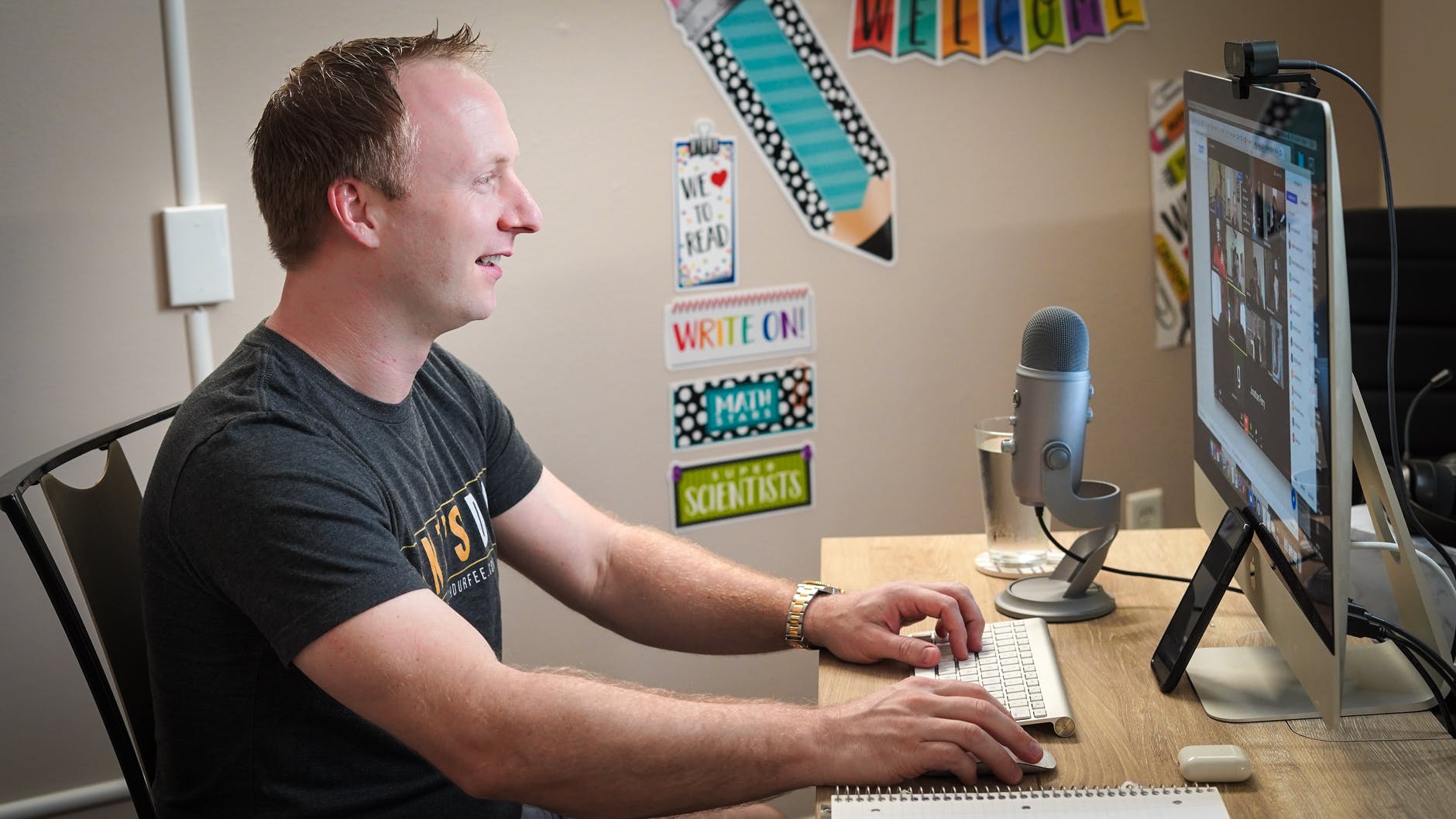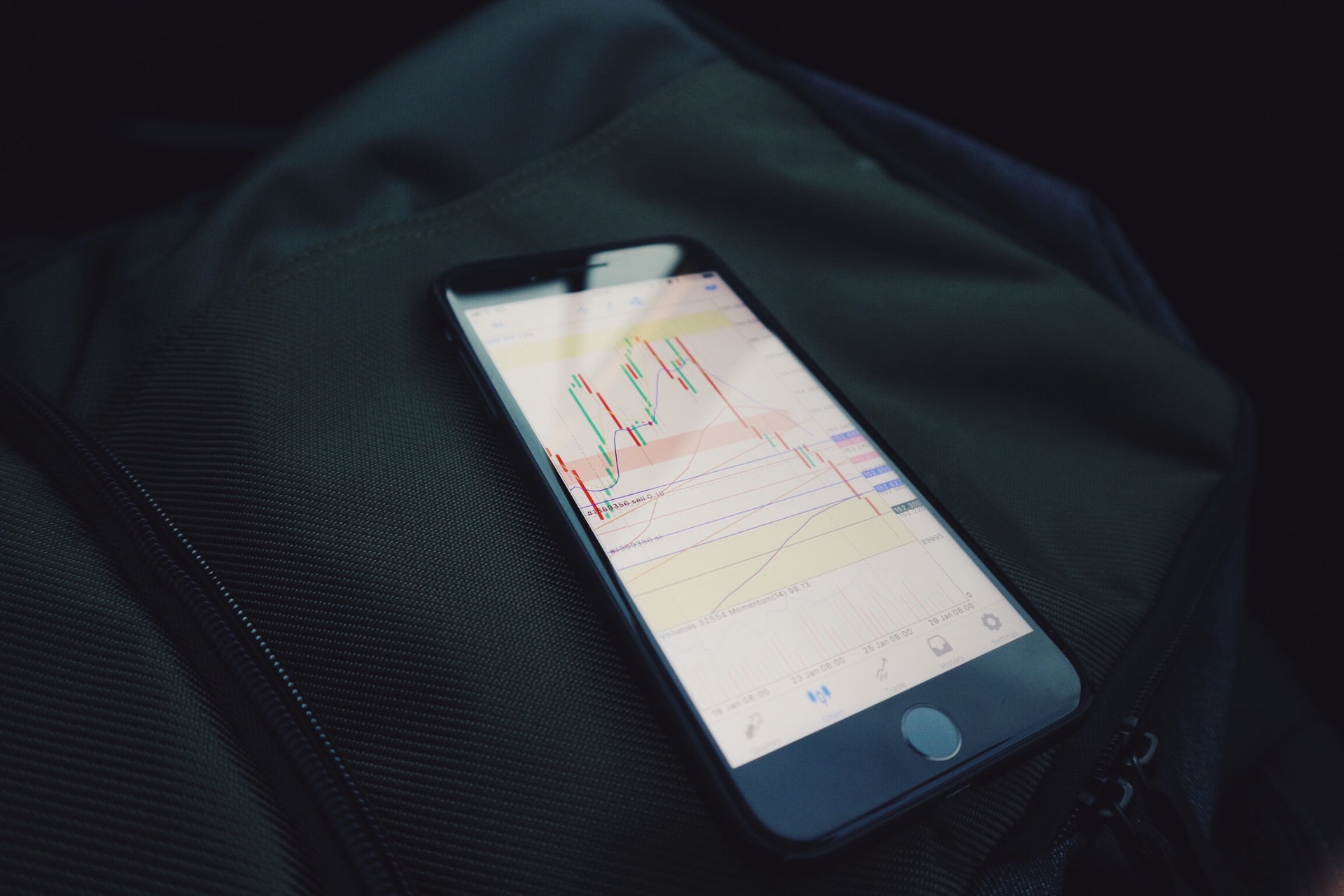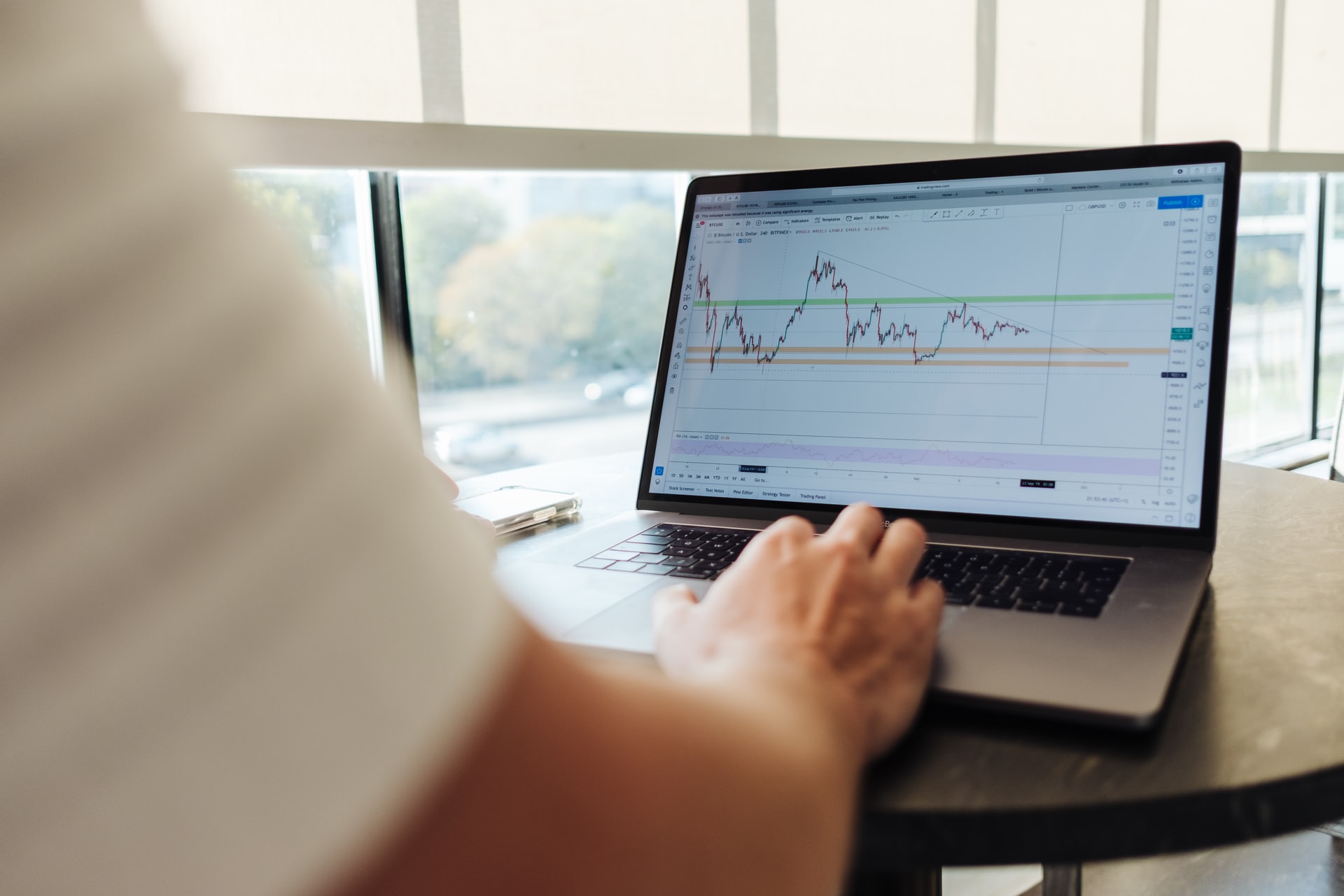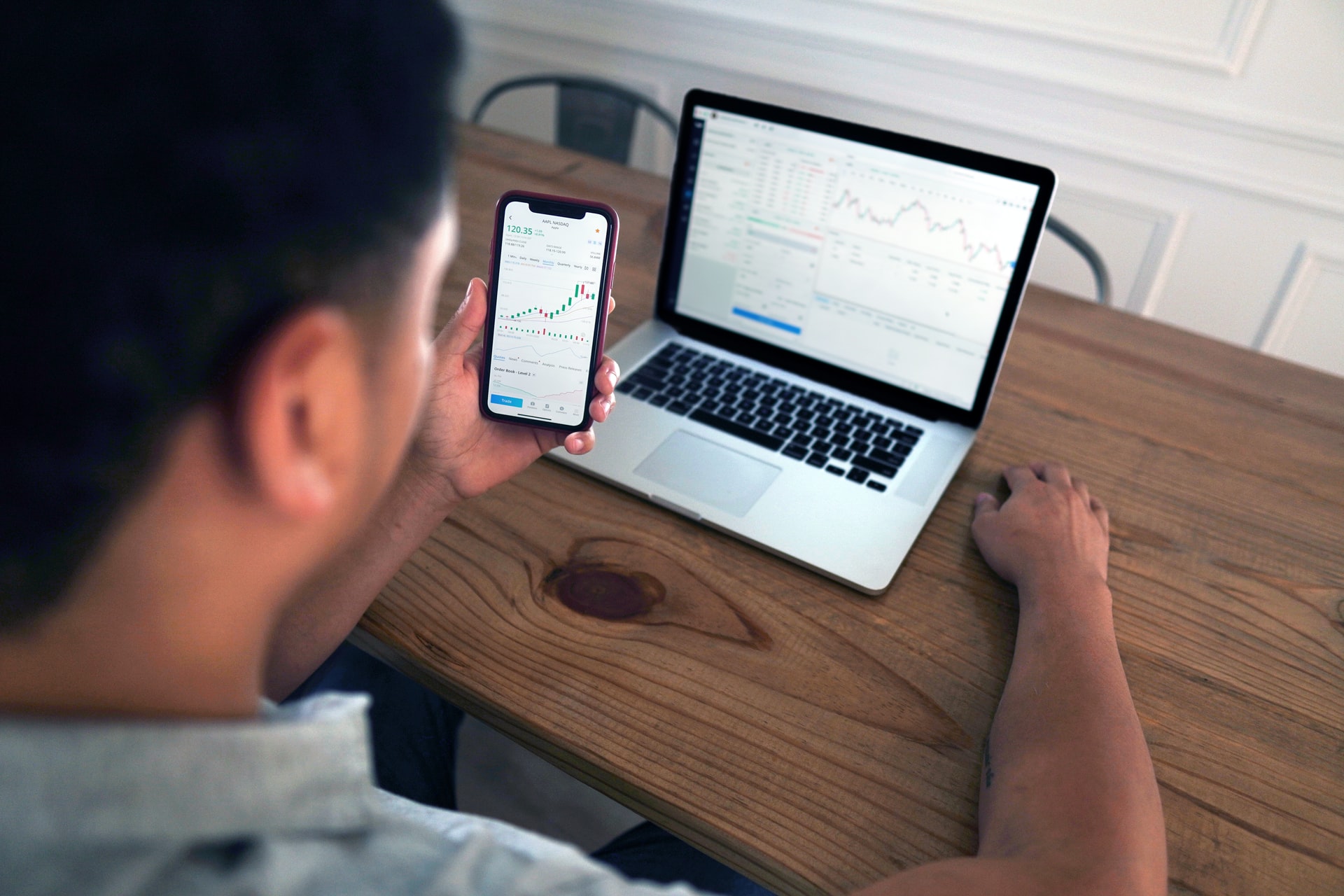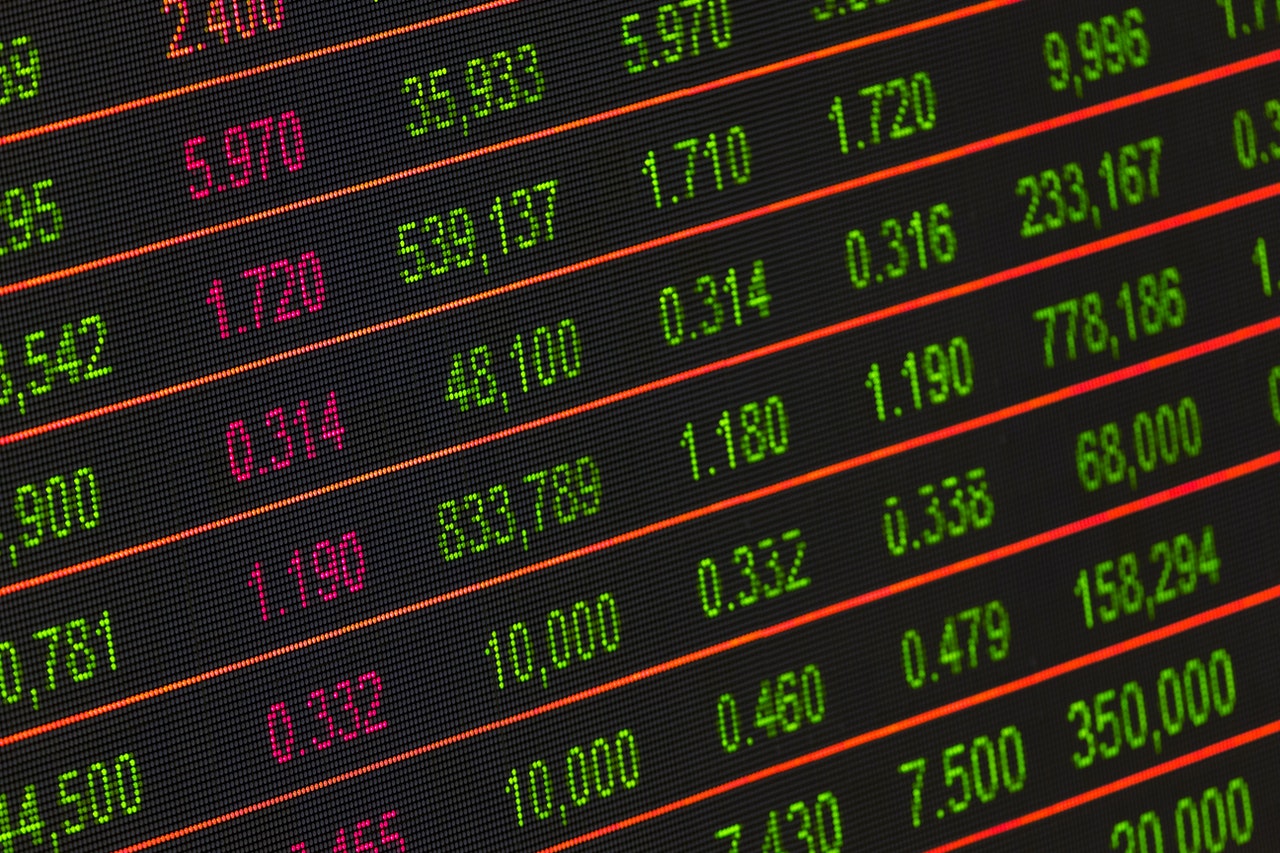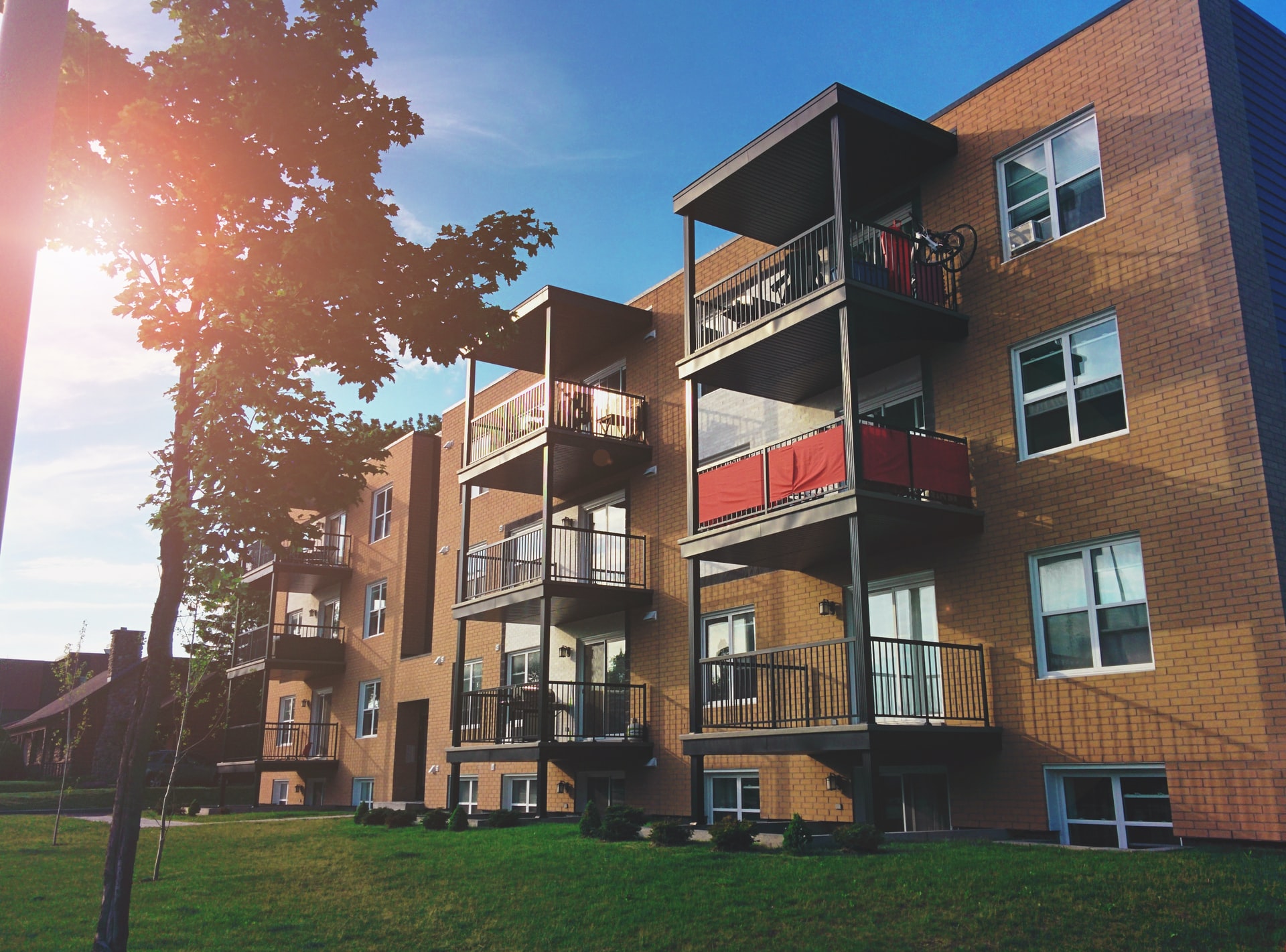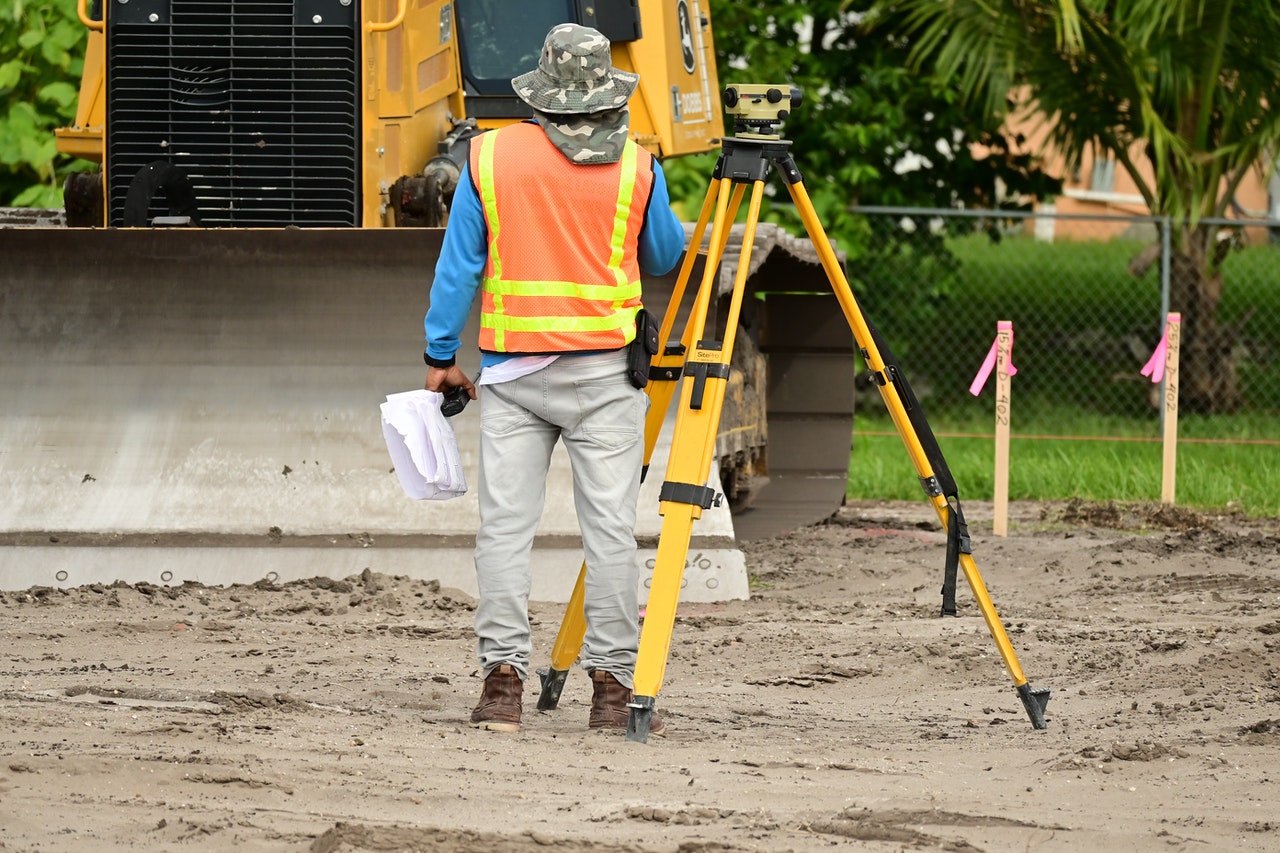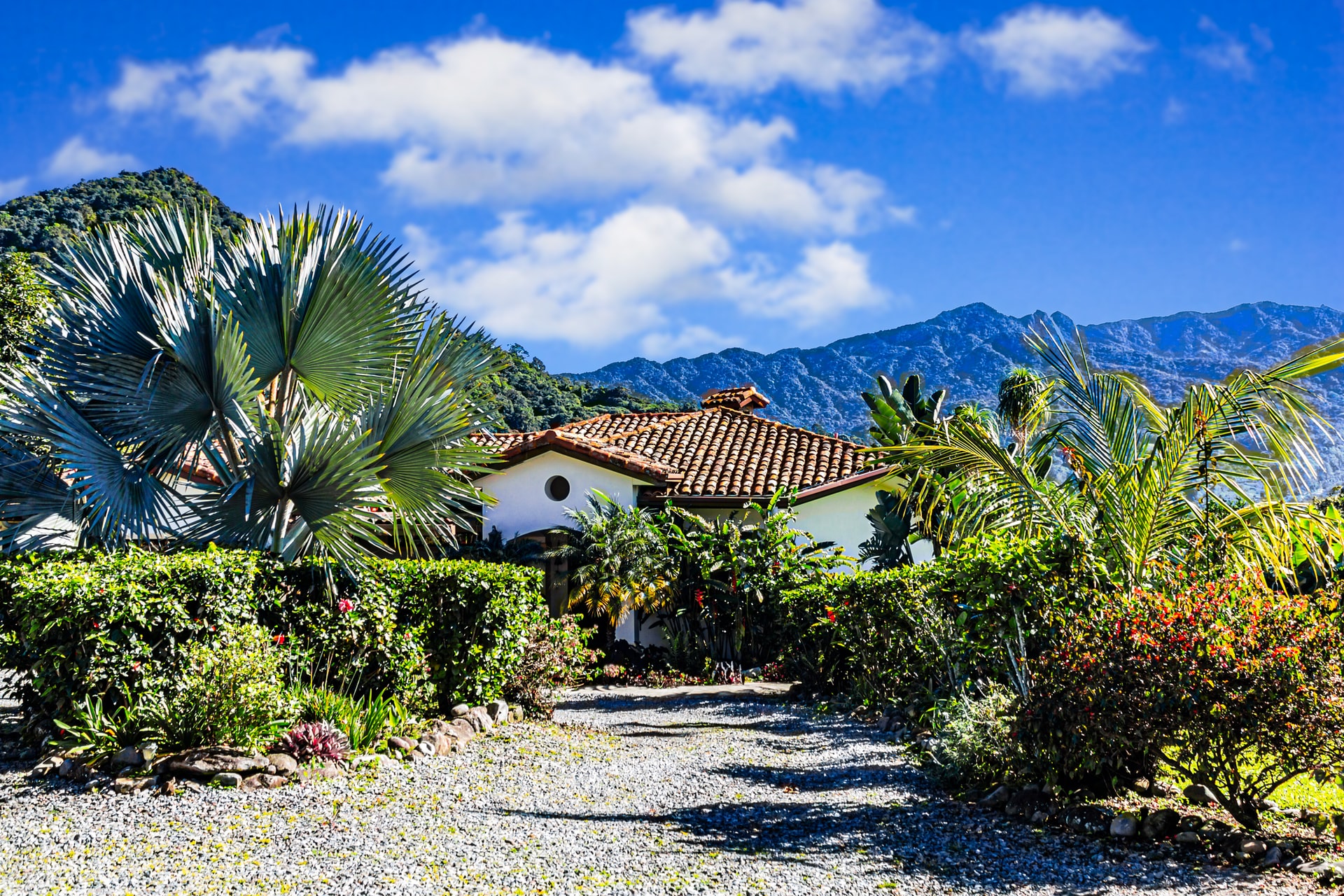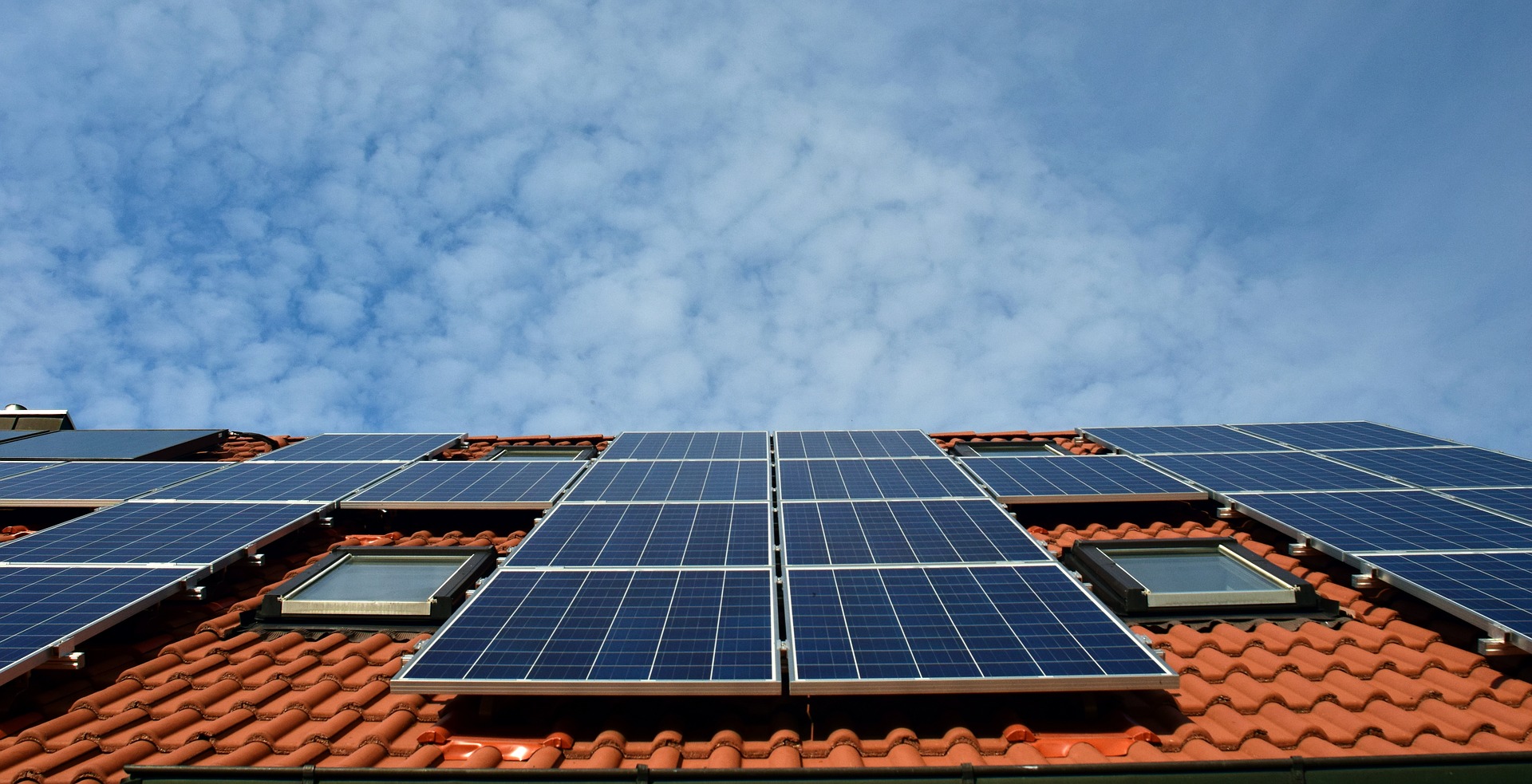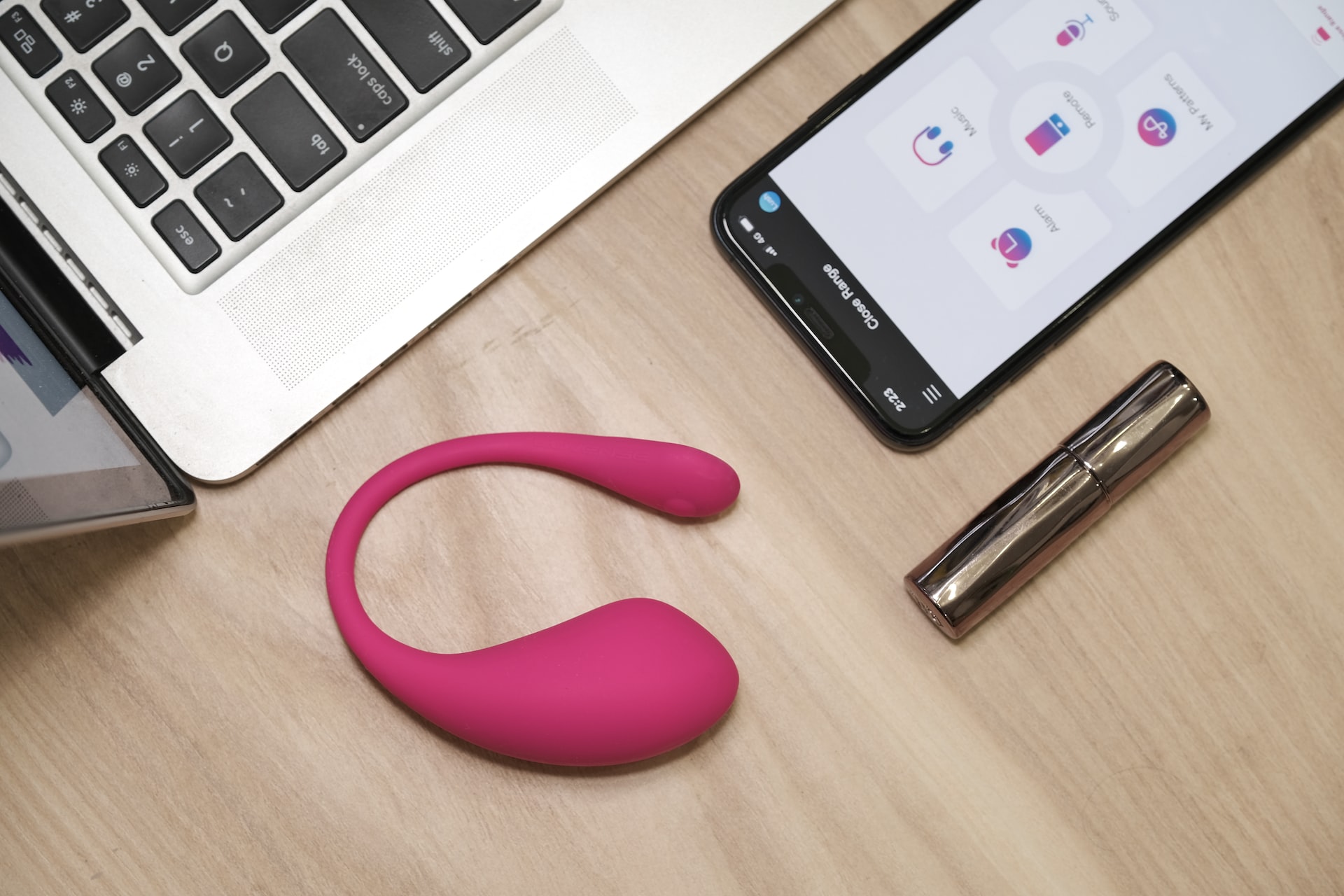With oil prices skyrocketing and with the decades-long fear of completely running out of oil – many alternative energy sources have sprung up. Nuclear energy, although a very reliable and safe source if handled correctly, is met with much fear and hasn’t gained popularity worldwide. On the other hand, green alternatives such as wind, thermal pumps, and solar have become so popular that some developed countries have dedicated huge amounts of their annual budget to switching to these sources.
Solar energy, although not available whenever, is available wherever unless you’re living under a rock, and even then it can be managed. Its popularity became even greater when official bodies recognized the benefits of such a source and even started buying the individually made electricity back into the grid. Solar panels can be seen on rooftops all around the world and here we’re going to tell you why installing them can save you money.
How Do Solar Panels Work?
The technology behind solar panels is pretty simple but it wasn’t widely available until rather recently. Of course, humans have used the Sun’s energy since the dawn of time, for drying food, starting fires, and, well, just to look around. Since the ‘50s the solar panel has become more and more efficient and cost-accessible so today we can say they are being mass-produced and the technology taught at schools and semi-professional courses.
The photovoltaic cells inside the panels convert sunlight to electricity, as scientists explain, this process is done by having two materials, usually, silicon-based semiconductors, with a difference in their electrical charge placed apart. The outside cell is implemented with a material that, when exposed to sunlight, excites an electron in its atoms orbital and sends it off, producing an electric current.
Few more elements exist to collect and transfer the electricity to a usable form, all packed in a glass casing, though new, lighter materials are being developed these days too.
Ease of Solar Panel Installation
The current state of solar panel technology allows us to install and use the panels very easily. In simple terms – favorably oriented rooftops are prepared with a supporting structure on which the panels are mounted. The panels are then connected to a collector and the electricity distributed to the load, with the surplus being redirected to the grid (or alternatively the whole system shut down when not needed).
In Australia, this is even easier as numerous companies specialize in trading and installing solar panels. Even though not terribly expensive to buy and set, it is still not worth going through it two times, so better get someone with experience to do it for you. Companies such as https://queenslandsolarandlighting.com/ and Sams Solar Penrith that have several years of experience under their belt are a good choice as they can quickly judge what kind of support is needed for a certain roof and how many panels are enough for the electricity consumption. Getting quotes from them is also much simpler than trying to calculate the full cost by googling various manufacturers and others’ experiences.
Economics of Solar Energy
There are two ways that solar panels benefit us economically. For starters, they provide us with electrical energy from a renewable and easily accessible source. Secondly, an excess that is produced can be sold to the national electrical grid for a profit.
For the first reason – weather and geographical location are the key elements that will determine how efficient a solar panel system will be. Length of day, as well as the angle at which the rays fall, are the necessary factors for any system to work. The second factor can be adapted by placing the panels at a favorable degree for the locations where you are, while cloudy weather and winters with short periods of daylight (such as at the far north of Europe) are out of our control.
The Australian government is subsidizing electricity from solar panels and that should be taken into consideration also. The production of electricity depends on the surface area of panels, their efficiency, and the amount of sunlight they are getting, that is, it does not depend on the consumption of said electricity. In such a case it is easy to make more electricity than needed. If you didn’t know what to do with the surplus the panels would simply turn off until you need more.
Luckily – smart legalization allows us to sell the excess back into the grid, as you are treated like a producer of electricity at that point and can even completely cover your electrical bill if you sell enough during the day.
Eco-friendly and Predictable
What attracts people the most to this energy source is how clean and predictable it is. Apart from the carbon footprint of producing the solar panels once, later they are virtually pollution-free, as is the Sun as a source of energy. And as sure as the Sun will rise the next day so can you be sure you will have electricity also.
The green alternative is the future for mankind, as we are struggling with climate change and dwindling older energy resources. If enough people join the trend and hop on the solar train, the government is sure to stop subsidizing the excess that is put back into the grid, but you are still left with what you made for yourself.
An average solar panel set will produce around 30 kWh a day when calculated over the entire year. Knowing this you could easily predict how much of your consumption it can cover and calculate the return of investment rate.
If relying solely on unrenewable energy sources the price of electricity will go up in due time, possibly sooner than later. This and the negative effect that older energy sources have on our planet’s ecosystem are the main reasons why people should switch to clean and renewable such as solar.
Even though it takes a group of professionals to install the panels this should all be part of the calculation, and even then a typical return of investment in Australia is only around 3 years. We wholeheartedly recommend such an expense as it is definitely a stake for the future.






